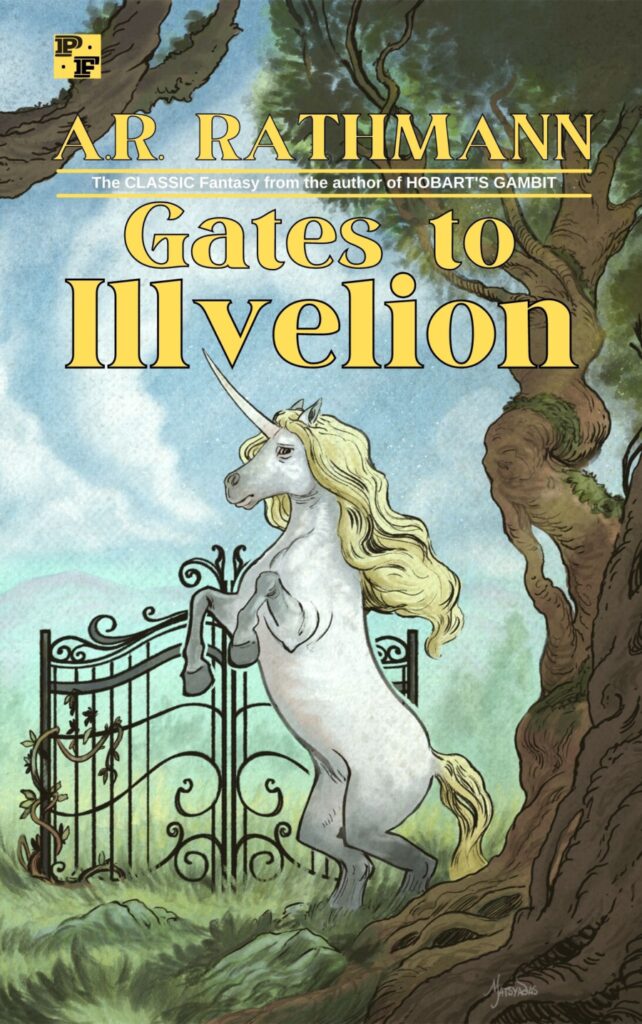Sometimes it starts with the cover of a book. The colors, the creatures, the young hero swinging a sword. There’s a promise of adventure, of something strange, of hidden worlds that await just behind a tree trunk or a closet door or a looking-glass. There’s a promise that our mundane, everyday world is not the only one out there, that there are worlds upon worlds waiting to be discovered. These places might not be anything more than an illustrated cover or words on a page — but they are as real as any world we inhabit.
Sometimes it starts with a title. The lyrical, whimsical, powerful, magical. Things both earthy and ancient. Things that are imagined and things that are dreamed. Cauldrons and dragons and kings and gardens and cities and seas. Sometimes the titles are enough; we don’t even need to read the book to experience the fantasy. Example: The Last Unicorn. This is a world and a story and a feeling already contained in a title. It is its own fantasy, one that I imagined even before I read the one inside the covers. The Black Cauldron — there is an entire myth contained in that one phrase. A darkness and an oldness. The story which goes with it is partly of my own imagination; I wrote the story in my head long before I read the story on the page.
Sometimes it’s the experience of searching the shelves — the bookstore, the library, my own bookshelves — and seeing the spines glimmer like jewels in a dwarf hoard, and knowing that each is a key that will unlock another door to distant worlds. It’s also the warmness, the giddiness which comes with knowing that I’m not alone. That others have wanted the same adventures and the same escapes from ordinary reality. That there are people out there who also love to imagine and create and tell stories about monsters and heroes and faeries and gods.
I can’t quite explain the effect a fantasy story has on me. The mediocre ones satisfy my need for swords and magic. They scratch the itch I have for high adventure and monsters. But the great ones make the world — our own world — something brighter, something more alive than it was before. And they make me want to live more fully. They infuse the real world with some of the magic of their imagined worlds. I think Tolkien wrote about this in his essay “On Fairy Stories.” That the talking trees of Faerie somehow make our real trees more beautiful. And the really great stories — the ones that I think about for days after, the ones that transform my imagination — they feel like they’ve come straight from the Realm of Story itself, the origin of all great tales, so that when I read them, I am connected in some way to that larger place. And it is this connection that makes me want to write my own fantasy stories. I want to tie my own tales into this Realm of Story, to join my fantasies with these eternal ones.
I guess this all sounds ridiculous to those who don’t love fantasy literature. Maybe it is. But to those of us who love the realm of fantastical fiction, to those of us who yearn for an escape to Faerie, I bet this doesn’t sound strange at all. It starts with a sword or a monster or a piece of magic. A book cover. A title. It starts when we open that jewel-covered book for the first time. And if we’re open to it, if we’re lucky, if we’re ready for the adventure, the journey through the fantastical changes us. Like magic.








